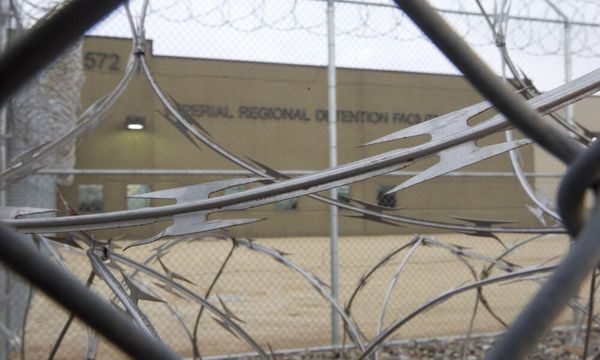
The Church of England used money made from the “abominable” slave trade to help pay the incomes of poor clergy in the 18th century. Justin Welby, the archbishop of Canterbury, said he was “deeply sorry for the links with transatlantic chattel slavery”.
The Church Commissioners, who manage the C of E’s £9bn-plus endowment fund, ordered research into the fund’s origins. A four-page interim report published on Thursday said the funds partly originated in Queen Anne’s Bounty, which was founded in 1704.
Queen Anne’s Bounty invested significant sums in the South Sea Company, which traded in enslaved people. It also received numerous benefactions from individuals linked to, or who profited from, transatlantic chattel slavery and the plantation economy.
The report said: “The South Sea Company became a significant participant in the slave trade … during the early 18th century. Over the course of at least 96 transatlantic voyages during this period, the South Sea Company purchased and transported human beings as chattel property; 34,000 enslaved people in crowded, unsanitary, unsafe and inhumane conditions.”
Among the benefactors to the Queen Anne’s Bounty was Edward Colston, a prominent slave trader whose statue in Bristol was toppled in 2020 by Black Lives Matter activists.
Queen Anne’s Bounty funds were used either to pay a cash stipend to poor clergy or to buy land from which clergy received an income. The funds were subsumed into the Church Commissioners’ endowment when it was created in 1948.
In a statement, Welby said: “I am deeply sorry for the links with transatlantic chattel slavery that the Church Commissioners have identified. This abominable trade took men, women and children created in God’s image and stripped them of their dignity and freedom.
“The fact that some within the church actively supported and profited from it is a source of shame. It is only by facing this painful reality that we can take steps towards genuine healing and reconciliation – the path that Jesus Christ calls us to walk. This is a moment for lament, repentance and restorative action.”
The Church Commissioners use the investment fund to support 12,000 parishes and 42 cathedrals across the country.
The research was commissioned in 2019 “to understand the extent to which the origins of the endowment fund may have been linked to transatlantic chattel slavery”, the report said.
The full report will be published later this year, when the commissioners will “acknowledge, address and respond to these findings”.






